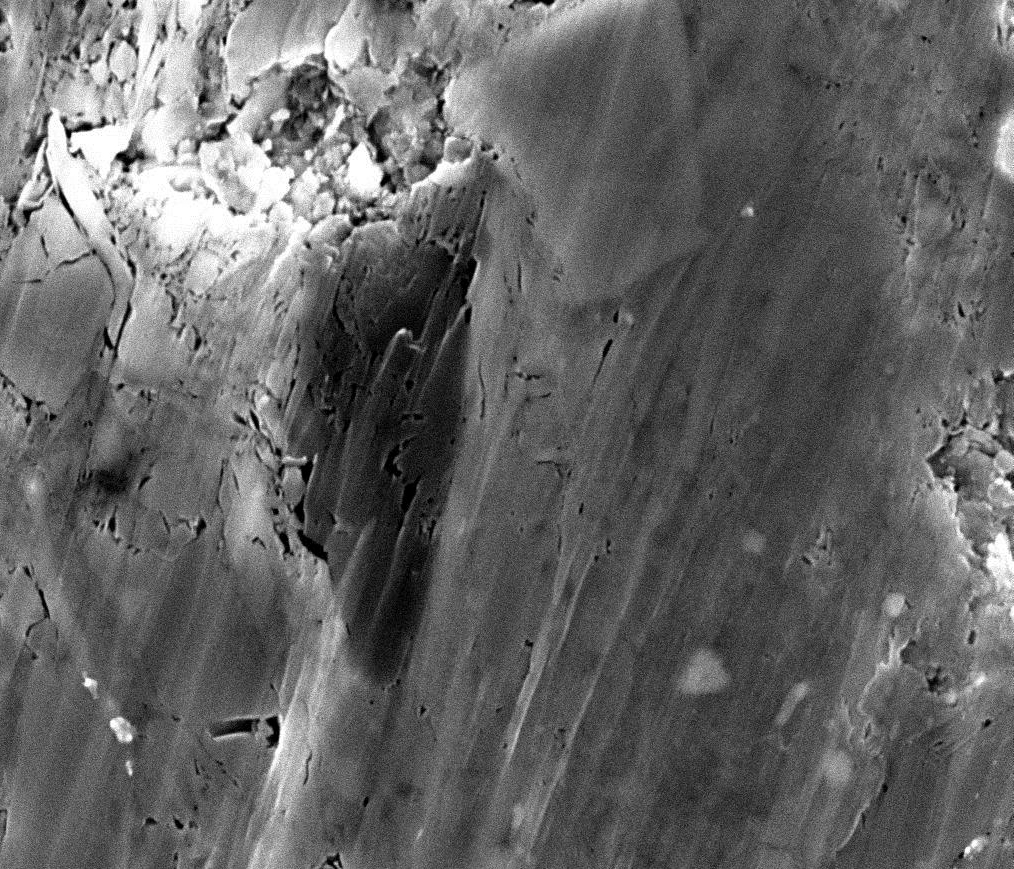The Earth Resources Laboratory (ERL) and the Department of Earth, Atmospheric and Planetary Sciences (EAPS) have a long history of research in the physical and chemical properties of rocks. In addition, the Department of Civil and Environmental Engineering have also contributed significantly to the study of soils and rocks. Rock Physics is centrally important to geophysics and its associated fields. Although understanding the mechanical and transport properties of rocks at the laboratory scale is important in its own right, it is vitally important to understand the connection between local physical properties and those measured at core, borehole or field scales by seismic or electrical techniques. When measurements at different scales are understood and reconciled, they can be combined with mechanical analyses, computations and modeling of fluid flow to improve reservoir management, to optimize resource extraction, and to ensure that fluids are sequestered safely. The field can be divided into the following broad property areas:
• Mechanical
• Electrical
• Seismic
• Surface Electrochemistry and Rock Physics
• Seismoelectric and Electroseismic
• Transport
• Digital Micro-Rock Physics
All of the above major areas of rock physics are covered in great detail between the departments of EAPS and CEE. Experimental systems are available to perform analysis on a wide variety of parameters as the research area might warrant. Experimental systems are available for micro-optical, micro-digital, core and water tank scale investigations. Appropriate theoretical modeling of the laboratory data is always part of the entire process of rock physics studies. In order to supplement the laboratory experiments and models, the departments of EAPS and CEE also offer appropriate courses in the Physics and Chemistry of the Mechanical, Seismic, Electrical and Transport properties of rocks and soils. In summary, it should be clear that MIT has had a long history of Rock Physics research and has produced major advances and innovations over these years. The present team continues to uphold this tradition and is ready to tackle any research problem in the broad area of Rock Physics.
See people who work in this area

Image from presentation "Rock Physics Studies in Shales" by S. Mighani, A. B., and B. Evans.